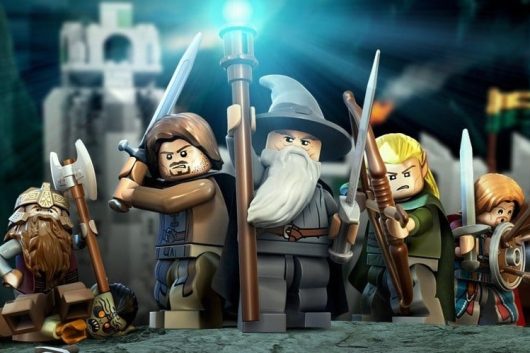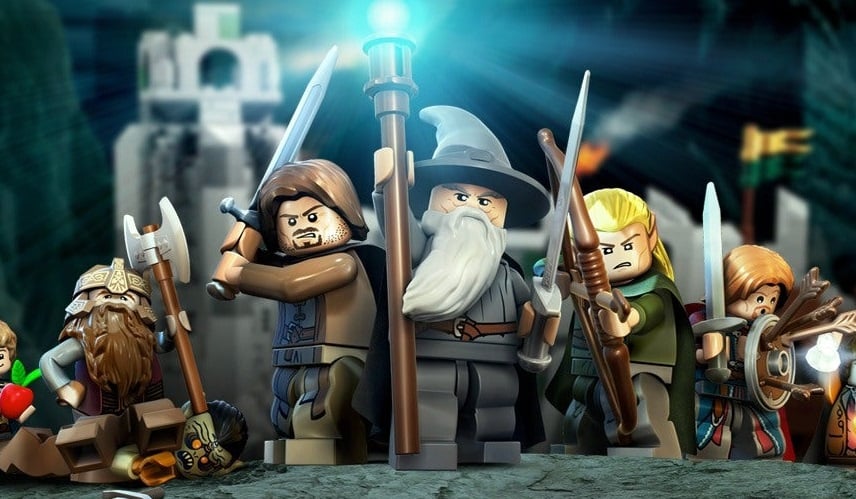

### Anticipating the Minas Tirith Lego Set: A New Era for Lord of the Rings Fans
As we near the upcoming year, Lego fans are filled with enthusiasm regarding the latest speculation about an imminent set: the legendary Minas Tirith from J.R.R. Tolkien’s cherished realm in *The Lord of the Rings*. Expected to launch on June 1, 2026, this set is poised to be a remarkable addition to any collector’s assembly, boasting over 8,278 pieces and a projected price range between $600 and $650.
#### A Glimpse of Minas Tirith
The anticipated Minas Tirith set is likely to be a meticulously crafted miniature of the grand city of Gondor, skillfully depicted to mirror its representation in Peter Jackson’s film rendition of *The Lord of the Rings*. This colossal edifice, embedded within the mountainside, acts as the unwavering capital of Gondor, making it an ideal centerpiece for Lego aficionados who have a fondness for the saga.
If the rumors prove accurate, the Minas Tirith will rank as the sixth largest Lego set ever created, right behind the enormous *Star Wars* Death Star set. To illustrate its intricacy, it is claimed to contain a few thousand pieces more than the current *Lord of the Rings* Rivendell set, presenting an exhilarating challenge for dedicated builders.
#### Minifigures and Features
One of the most enticing elements of this set is its provision of 10 minifigures. As per sources like *Brick Tap*, collectors can look forward to prominent characters including Gandalf the White, Aragorn, Pippin, Denethor, Faramir, four Gondor soldiers, and the esteemed horse Shadowfax. However, it seems there is a notable absence of the orc army, which has been a mainstay in numerous Lego interpretations of the series. This may indicate that a distinct *Barad-dûr* set could be needed for those wishing to fully encompass the spirit of the epic confrontations at the gates of Minas Tirith.
#### A Renewed Interest in Middle-earth
The arrival of this new set is being closely monitored by fans, with many wishing that Lego’s dedication to *The Lord of the Rings* signifies a lasting partnership similar to its franchises like *Star Wars* and *Harry Potter*. Such progress could open avenues for additional themed sets in the future, enriching the overall inventory of Middle-earth Lego collectibles.
In a broader scope, there is also an increasing hope among fans that this resurgence of interest might result in the creation of a new *Lord of the Rings* Lego video game. Speculation indicates that a fresh open-world action-RPG could afford players an immersive adventure in Tolkien’s intricately crafted universe, akin to previous gaming experiences.
#### Conclusion
As the countdown to June 2026 commences, anticipation mounts not solely for collectors but for *The Lord of the Rings* enthusiasts as well. The Minas Tirith Lego set stands as a tribute to the lasting legacy of Tolkien’s creations and the artistry that the Lego brand is recognized for. With its grand design and beloved figures, this set is destined to captivate many and become a treasured highlight within the Lego realm.
READ ARTICLE




